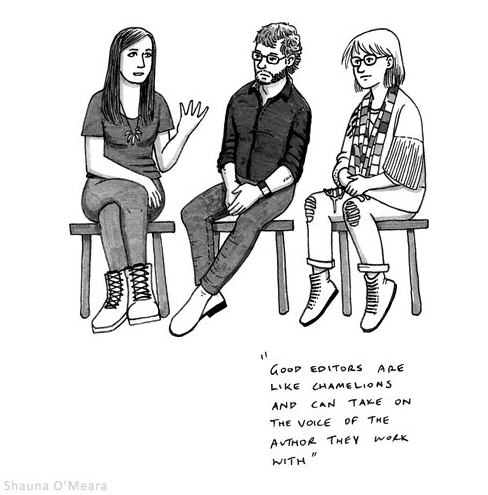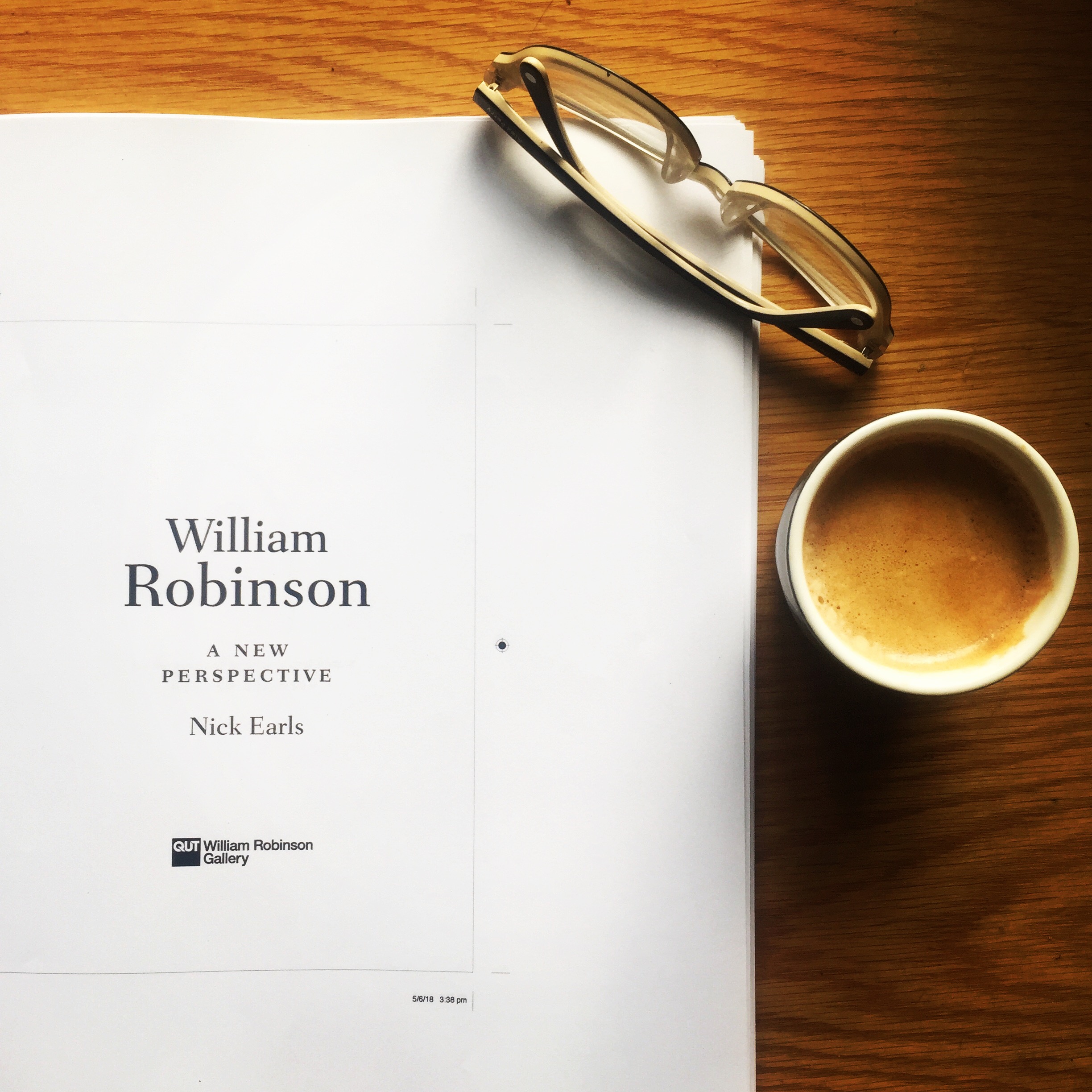Given that I’ve worked as an editor for 21 years it seems crazy that I’ve never written a post that breaks down the different kinds of editing, but I’m about to remedy that! Most of the books that I edit are for publishers, but about a quarter of my work is directly for authors who fall into one of two categories. Either they intend to self-publish, or they want to ensure that their manuscript is the very best that it can be before submitting to agents or publishers (most fall into the latter category). Often writers are unsure about exactly what kind of edit their book needs, so here’s a quick rundown. I’m going to focus on fiction because it’s my first love.
Structural/substantive edit
 If you’re wondering if your book needs a structural edit (sometimes called a substantive edit), the answer is YES! Every single book needs a structural edit, even those by the most experienced authors. This is the big picture stage where the editor is looking at things like characterisation, plot, pacing, appropriateness of language and style for the intended readership, order of chapters and scenes (including whether there are missing scenes or unnecessary scenes), chapter breakdowns, narrative progression and gaps in the narrative, and so on. Every book is different and the list of possibilities is endless. The editor might recommend that the book should in fact begin at Chapter 3, or that a subplot is enlarged, or that a character is cut completely. Be prepared for anything! You will usually receive an extensive report outlining all the areas that need work.
If you’re wondering if your book needs a structural edit (sometimes called a substantive edit), the answer is YES! Every single book needs a structural edit, even those by the most experienced authors. This is the big picture stage where the editor is looking at things like characterisation, plot, pacing, appropriateness of language and style for the intended readership, order of chapters and scenes (including whether there are missing scenes or unnecessary scenes), chapter breakdowns, narrative progression and gaps in the narrative, and so on. Every book is different and the list of possibilities is endless. The editor might recommend that the book should in fact begin at Chapter 3, or that a subplot is enlarged, or that a character is cut completely. Be prepared for anything! You will usually receive an extensive report outlining all the areas that need work.
I love this stage because it’s a long conversation between the editor and the author — two people who care deeply about the book and want to see it become the very best version of itself. It’s always a privilege for me to be a part of this highly creative stage of the editing process, and to work so intimately with a text and its author.
Copyediting

With copyediting we move from the big picture down to the fine detail. The editor will go through your manuscript with a microscope, line by line, examining grammar, punctuation, spelling, vocabulary, formatting, clarity and awkward phrasing. At this stage it is absolutely imperative that your editor becomes a chameleon. (As you can see from the cartoon, this is a philosophy that I live by! As a sidenote, the irony of the spelling error follows Muphry’s Law, a lesser-known cousin of Murphy’s Law, that states that whenever you write about editing there will always be an error.) But I digress. Back to chameleons. In fiction, the voice is everything. The editor needs to take on the author’s voice, and work with it to make it the very best version of itself, not impose their own. If they can’t do that the result is death by a thousand cuts. The voice — which is what makes every work unique — can quickly become a dead thing. So choose your copyeditor wisely. Some editors have this skill, some don’t.
Proofreading

This stage is often misunderstood because the word ‘proofreading’ is used differently outside of the publishing context, often to mean a last-minute, super quick check of a document. With a book, proofreading happens once the manuscript has been typeset and the first set of page proofs have been delivered. And it is not a quick process; it is actually slow, careful and time-consuming work. It is essentially a quality control process where you are checking that everything is exactly as it should be. So, indie authors, please don’t ask your mum (who happens to be quite good at grammar) to do the job — I urge you to employ a professional.
In fact, many self-publishing authors neglect this stage altogether, to their great detriment. It’s like taking all the care in the world to build a limited edition car, only to skip the paint job. Once the typesetter enters the text there are a whole raft of errors that can inadvertently be introduced. What’s more, at this stage it is no longer just about the text, there are a new set of elements to consider in terms of design and layout. When I was teaching editing I used to show my students two sets of proofs for the same book: one with mark-up from the author, the other from me as editor. It demonstrated how even authors (with some exceptions) pick up comparatively little. A professional proofreader knows what to look for. They will ensure that the paint job is flawless.
Where can I find an editor?
Now that I’ve outlined the three stages of the editing process I thought I’d answer the two questions that I get asked the most often. The first is about how to find an editor. Firstly, you need to find someone who is qualified. Like every profession, there are people out there who claim to be editors who don’t have the necessary skills or experience. If you head to reputable sources like IPEd or the society of authors in your state you will find a register of editors. Your local writers centre may also be able to recommend an editor who’s a good fit for your book. But one of the best ways to find an editor is through word of mouth recommendations. This brings me to the second point. You need to find someone who has experience working in your genre. So if a writer friend wrote a fantasy novel and you’ve written a middle grade novel the editor who they used may not be right for you. I emphasise ‘may’ here because it all depends on which genres that editor works in.
Finally, know that good editors are in demand and will likely be booked up several months in advance, so be sure to factor this in. Picture books are the exception (for me, at least) because they can usually be fit in around larger jobs.
How much will I pay?
![]() The way it works is that you send the editor either a few sample chapters or the whole manuscript (the latter is better). They will assess whether the manuscript is a good fit for them, how much work is required and how much time it will take. They will then send you a quote that you are under no obligation to accept. After over two decades of working as an editor, my quotes are usually very accurate, but if a manuscript takes me less time than anticipated I always reduce the fee accordingly. If it takes longer, I never increase the fee. It is standard to expect to pay at least half the fee upfront, with the rest paid on delivery of the manuscript. For smaller jobs — for example, editing a picture book manuscript — expect to pay the full fee upfront. You may also be required to sign a contract that will protect the interests of both parties.
The way it works is that you send the editor either a few sample chapters or the whole manuscript (the latter is better). They will assess whether the manuscript is a good fit for them, how much work is required and how much time it will take. They will then send you a quote that you are under no obligation to accept. After over two decades of working as an editor, my quotes are usually very accurate, but if a manuscript takes me less time than anticipated I always reduce the fee accordingly. If it takes longer, I never increase the fee. It is standard to expect to pay at least half the fee upfront, with the rest paid on delivery of the manuscript. For smaller jobs — for example, editing a picture book manuscript — expect to pay the full fee upfront. You may also be required to sign a contract that will protect the interests of both parties.
Occasionally I am contacted by new writers who think a structural edit of a 90,000-word manuscript is going to cost them a couple of hundred dollars. Remember that you are paying for a professional’s time. And if you don’t employ a professional, your money is probably going to be wasted. Which brings us back to the earlier point — and the most important one to end with — that you need to make sure that you find the right editor for you and your book.
If you have any questions about editing or publishing, please drop them in the comments. And no question is too silly!
Irma has been an editor, both in-house and freelance, for 21 years. She is a professional member of the Canberra Society of Editors and for a decade was Convener of Editing at the University of Canberra. For examples of her work and endorsements, or to get in touch about editing a manuscript, see Editing services.

Fantastic – such relevant information for a writer
Thanks Suzy!
No questions, only love for this post – thankx
Pleasure!
This is super helpful!!!! Thank you!
🙂
An excellent explanation of the different levels of editing that clearly tells authors what to expect. Thank you, Irma.
So glad it was useful 🙂